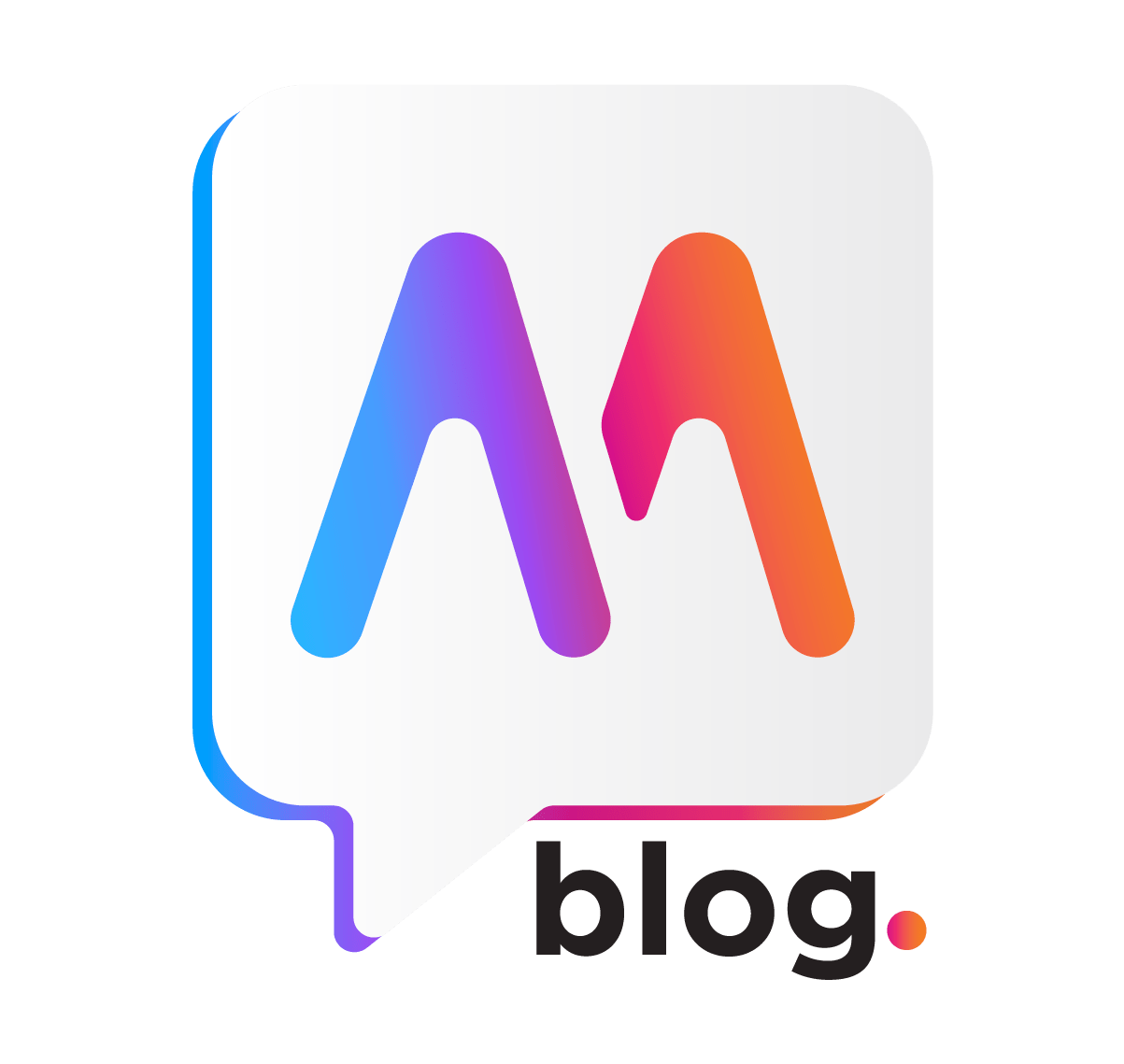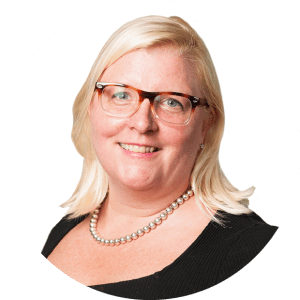7 Timeless Lessons from Communications Masters.
What Zig Ziglar, Maya Angelou, Steve Jobs and Other Masters of Communication Know to Be True.
Creating effective communications is as challenging as it is rewarding. You have to balance the information you want to communicate to your audiences with the messaging those audiences want to hear. Your content needs to be engaging. And it needs to get results. When you think about it, the factors can be overwhelming!
Sometimes, you just need to return to the fundamentals. And there’s no better way to do this than to turn to communications masters of all time. The best communications lessons are timeless; they are just as relevant today as they were years ago.
Here are key lessons in communications from some of the world’s best communicators.
1. Know who you are—deeply. Your authenticity builds trust.
“Be yourself. Everyone else is already taken.” – Oscar Wilde
Before you attract customers, and before you make connections with your audience, you have to know who you are, what you believe in and what makes you different from everyone else. This applies to your company, your brand and your reason for being.
These are the elements that make up your mission—the core of all of your communications, the heart of your brand essence and the foundation of your business. This needs to be authentic and unique — don’t try to copy this from others. Define your mission and brand position and let that be your North Star.


2. Target your audience like royalty. Your customers are kings and queens.
“If you aim at nothing, you will hit it every time.” – Zig Ziglar
Once you have your mission, figure out who else believes what you believe and needs the value you create. This is your target audience. You can’t be all things to all people and trying to broaden your appeal will make your brand so generic, you’ll find it impossible to cut through the noise. It can be an expensive lesson to assume you know your audience and then throw resources out the window.
So when you’ve determined your audience, learn everything there is to know about them. Identify their wants, needs and desires. Learn what makes them tick The best way to do that is with listening sessions and surveys. Understanding who your audience is will shape how you position your brand and your value proposition.
Find out how to learn more about your audience with blind industry surveys.
3. Provide unparalleled value. Be remarkable and demand will follow.
“Do what you do so well that they will want to see it again and bring their friends.” – Walt Disney
No matter how flashy your graphics are or how much money you pump into your promotion, none of it matters if you don’t have an offering that people value. A successful brand relies on a strong market. Make sure there’s a deep connection between your mission, your audience and the value you provide.
And once you know what value you want to provide, do it better than anyone else. Go above and beyond to exceed expectations. People naturally share great experiences with their networks. Delivering exceptional value is a great way to build your audience, retain your customers and attract new prospects.
See how our favorite brands have found customer loyalty and success by connecting their missions, audiences and values

4. Tell your unique story. Your “why” can move mountains.
“People don’t buy what you do, they buy why you do it.” – Simon Sinek
Providing value to your audience is necessary, but it’s not enough. You also need to communicate that value through compelling stories. Attract attention with a catchy “hook” and strong design. Highlight your value in terms your audience understands. Use the right words and images to engage people. Be consistent in your messaging, tone and voice.
Because people respond to different types of communications, make sure tell your story in several ways. Website content and blog posts, social media, email, video can all be good options—just remember to consider your audience’s communication preferences.
Above all, your stories need to be compelling, engaging, authentic and uniquely yours. Make sure to integrate your “why” into all of your communications.
5. Spread the good word. Frequency + consistency = measurable conversions.
“If you don’t toot your own horn, don’t complain that there’s no music.” – Guy Kawasaki
Now that you’ve got a great story, you need to get it out there! If you want to reach your entire audience, selecting the right channels is essential. Chances are, much of your audience is on social media so use this channel to share your story, generate interest, connect with others and build engagement. Knowing which channels your audience prefers is key; this is why it is so important to understand your audience.
But you don’t have to go it alone! Enlist your supporters and promoters to help you spread the word to others. Make sure all of your communications are designed for easy sharing.


6. Be open to honest feedback. Your adaptability creates loyalty.
“If you’re not failing now and again, it’s a sign you’re not doing anything innovative.” – Woody Allen
Staying in touch is critical for keeping tabs on the effectiveness of your marketing campaigns. Ask your audience what they think of your brand, your products and your messaging. Have conversations and ask questions. Learn their likes and dislikes. Ask them whether you’re meeting their needs.
Since it is easier to retain customers than acquire them, make sure to keep the conversation going in both directions. Once you ask your questions, make sure to listen and if possible, respond back. These insights and feedback will help you craft better communications in the future.
Here’s how conducting a blind survey can give you an objective insiders’ view of your audience.
7. Be human. Focus on making people feel better about their future.
“I’ve learned that people will forget what you said, people will forget what you did, but people will never forget how you made them feel.” – Maya Angelou
Above all, you have to be human. People relate to others on an emotional level and seek out the same type of connection through the brands they purchase. The best brands make people feel something when they engage with them—people yearn to feel connected to something larger than themselves.
Your brand and communications give you a chance to connect with your audience on a human level. And through these connections, you give your audience a sense of belonging and make them feel special and valued. From this foundation, you can build relationships that will last for years to come.

All of us—marketers, creators, innovators, leaders and dreamers— are in the business of communications. And the heart of communications is about storytelling. Through the stories we tell, we have the ability to imagine a better future and bring people together to make it a reality.
Even though that’s hard work, over time we have the power to shape society and change the world.





